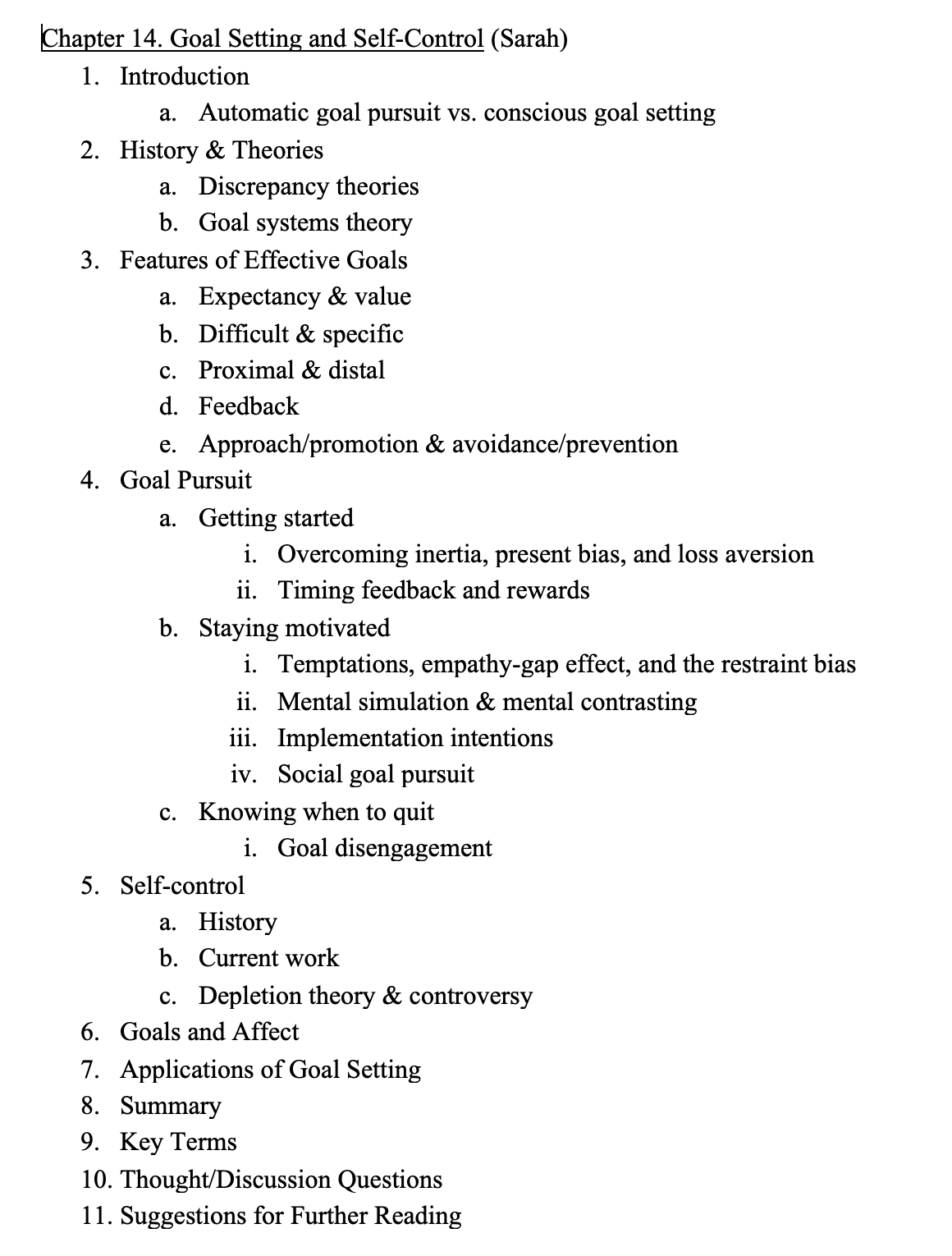The One About Uncertainty
Newsletter #3
Welcome to Week Three of Once More, With Feeling.
This week is All About Uncertainty—during learning, in neuroscience research, within bodies—and also about how both goal setting and storytelling can soothe our uncertain souls.

BE THE SPARK - Thoughts on Teaching and Learning
Last week I had the pleasure of interviewing cognitive scientist Ayanna Thomas for my new book. Ayanna is a Professor of Psychology and Dean of Research for Arts and Sciences at Tufts University, Editor-in-Chief of the journal Memory & Cognition and co-founder of SPARK Society, an organization designed to support existing and encourage new cognitive scientists of color. She also has awesome dogs and makes a mean cocktail.
The focus of our interview was the role of arousal in student learning. Ayanna is currently engaged in a cross-disciplinary research project with some colleagues in education and engineering that examines the interactions of stress, arousal, anxiety, and (fascinatingly) introductory math students’ intuitive understanding of what it means to “do math.”
She argues that there is a reciprocal relationship between intellectual conformity in the teaching of math and student anxiety about the topic of study. Teaching math in a highly proscribed way drives student anxiety up, as they begin worrying about not just getting the right answer but doing so “correctly.” In turn, higher levels of anxiety also encourage more formulaic and less creative thinking during learning.
To reduce anxiety and encourage learning, she and her collaborators believe we need to encourage students to reframe their ideas about how learning occurs, particularly in STEM fields, to instead get excited about not-knowing, about chasing down the mysteries of their field. I love this, and find it very consistent with other research I reviewed in Spark of Learning on the use of puzzles and mysteries in classroom teaching. It is also consistent with what I’m hearing from our student interviews from students in engineering and computer science in particular, that part of what drew them to their majors was this sense of buzzing, elusive questions that they could successfully answer with some applied effort and instructor scaffolding.
The full details of our interview will appear in my forthcoming book—and this specific research project of Ayanna’s is just launching so you’ll have to wait a bit to find out their results—but if you’re curious to know more about work in this domain, I encourage you to read this article by David Hammond, one of her collaborators: “It’s Scary but It’s Also Exciting”: Evidence of Meta-Affective Learning in Science.

HIVEMIND - On Social Neuroscience & Our Synchronous Selves
One of the primary challenges in conducting any kind of psychological research is to reduce uncertainty—you want to dial down noise of various sorts (due to messy experimental designs, demand characteristics, confounding variables) so that you can better detect the signal, the true effect you are interested in.
A lot of neuroscience work is aimed at elucidating how different regions of the brain activate and deactivate together in networks, in concert, using something called resting-state research designs. Which is just what it sounds like—people lie in the fMRI scanner and just, well, rest. Meanwhile you measure the degree to which various regions of the brain activate and deactivate together, the extent to which their activity correlates.
A problem with this resting state approach is that when you stick people in the scanner and tell them just to lay there, who really knows what they’re doing in there? Some people are likely to ruminate on their failings, others to fantasize, some might fall asleep, some perhaps even dream….and all this variety in what people are doing with their brains is likely to influence the degree to which you’ll be able to reliably get a sense for these functional connections. It heightens the uncertainty, the noise.
In this intriguing new paper, researchers Emily Finnab and Peter Bandettinia found that asking participants to view naturalistic movie scenes outperformed rest for functional connectivity-based prediction of behavior, especially when said movie scenes involved social content.
Turns out, one way to reduce statistical uncertainty in this area of study is to have people engage in shared experience.
MONSTERS - Thoughts on Uncertainty, Anxiety, and Mental Health
I’m reading and greatly enjoying Olivia Laing’s Every-body: A Book About Freedom. Uncertainty about the internal and external state of one’s body is a huge component of anxiety, of course, and a running theme in my new book—and really across my life. My senior honors thesis in college (roughly a billion years ago) was about young women’s experiences of health education about menstruation and sex and was titled “Becoming a Body.”
Every-body is a bit hard to describe or pin down—the central organizing theme is following the life and writing of psychoanalyst and activist (and eventually, pseudoscientist) Wilhelm Reich, but also the main freedom movements of the last few centuries, but also the author’s own life as a body—but it is nonetheless fascinating and well-written.
Like Reich, and like me, Laing is trying to understand “the body itself: why it’s so difficult to inhabit, why you might want to escape or subdue it, why it remains a naked source of power, even now” and also how this power exists “not despite but because of [its] manifest vulnerabilities.”
How indeed.
EMOTION & MOTIVATION - Goal Setting
This month my main task in the Emotion & Motivation text is finishing a new chapter on goal setting. Setting goals is, of course, a way of reducing uncertainty about the future, all about nailing down how it will all unfold.
This is my current outline for the chapter—if you are a motivation researcher, I would love to hear what theories and new studies you would like to see included!

INCIDENTALLY - Storytelling
I’ve been forever fascinated by the degree to which people (especially me) might read fiction in order to regulate their emotions and stress. I have long suspected that part of what is so soothing about stories is that they resolve their uncertainties so tidily, and in doing so encourage our optimism that our own storylines will achieve closure and satisfaction, that we too will get the ride-off-into-the-sunset treatment.

This new article demonstrated that reading stories to hospitalized children (versus a control condition of riddling) boosted their oxytocin levels and reduced their cortisol levels, and (more importantly, to my mind) reduced their pain and increased the number of positive words they used in describing their hospital experience.
What’s on your summer fiction reading list? Let me know in the comments. Here are some of my recommendations.
As always, if you enjoyed this post, feel free to tell a friend. Or keep in touch on Twitter, check out my essays on my website, or give one of my books a whirl!